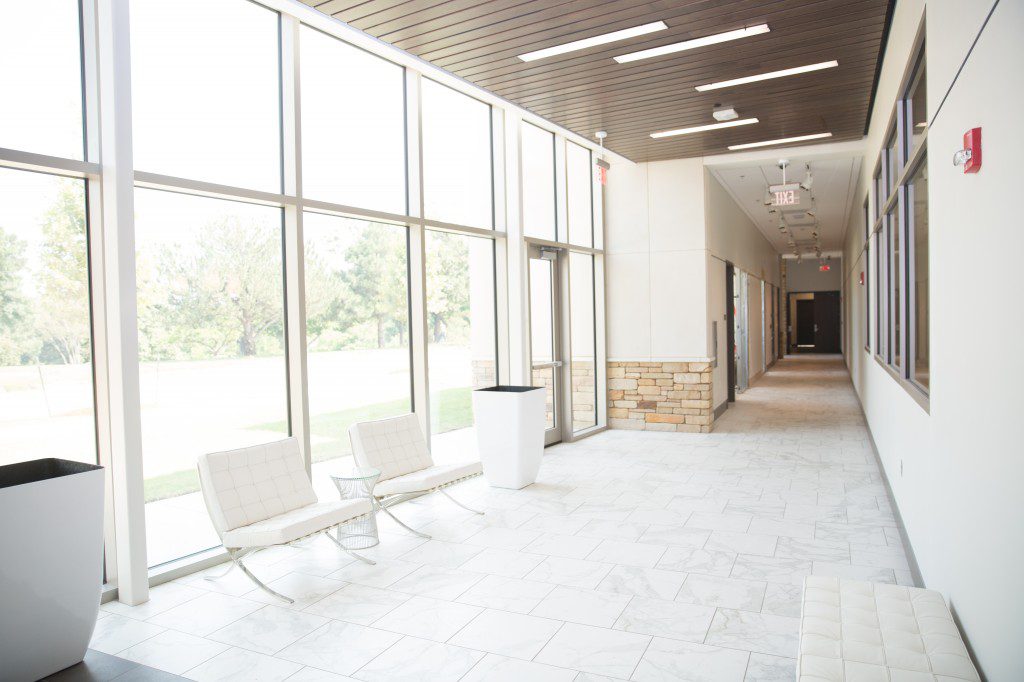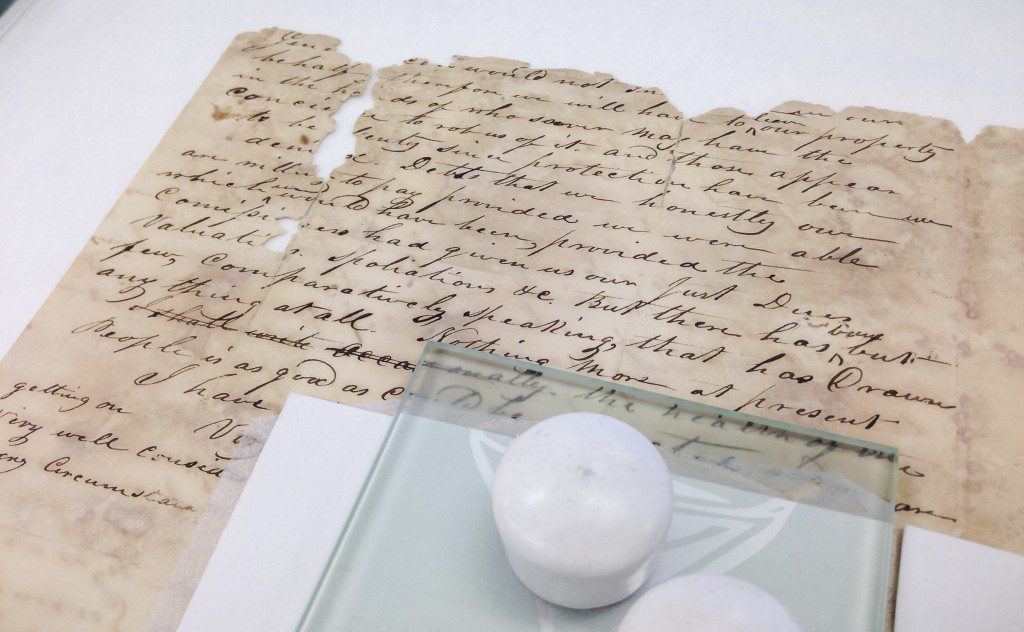
Gilcrease Museum is debuting the new Helmerich Center for American Research, an ambitious project that has been several years in the making, says Dr. Duane King, executive director for the new research center.[pullquote]“People are often surprised [that] something of this caliber is outside a major metropolitan area,” says King. “Tulsa has many important assets, and Gilcrease Museum is one.”[/pullquote]
In 2008, the City of Tulsa and The University of Tulsa entered into an historic partnership to preserve and advance Gilcrease Museum. In its new role as steward of the museum and its collections, TU is leveraging its nationally recognized academic expertise in western American history, art history, anthropology and archaeology to propel Gilcrease into a new era.
“The research center has been our most ambitious project,” says King. “The support shown by the city and the Tulsa community has been remarkable. It shows how much the citizens of Tulsa care about this museum and its collection.”
Since 2008, $58 million has been raised for improvements to Gilcrease Museum and museum operation.
“The center is named after Peggy and [the late] Walt Helmerich,” adds King. “They provided the initial gift to make it all possible.”
The Helmerich Center will add more than 25,000 square feet to Gilcrease, housing the museum’s library and archive, a paper conservation and digital laboratory, exhibition space and a research reading room, as well as meeting and special events spaces.

“The exhibition space will host art and pieces of the archive,” says King. “The first exhibit is on Native American artwork.”
The museum’s collection, which contains books, manuscripts, maps and artifacts in addition to artwork, was given to the City of Tulsa in the 1950s.
“The core of the collection was compiled by Thomas Gilcrease,” says King. “We are still adding today, yet very selectively. [The collection at Gilcrease] really represents the story of the American experience. It is, today, one of the finest collections of American Western art and Native American material, ethnography and art. It is an extremely important resource for the city and the people who live here.”

The archival collection contains some of the earliest documents printed in the Western Hemisphere, many of which have never been translated. Included are documents that relate to the conquest of the Spanish colonies, a letter written by Thomas Jefferson to a friend and containing details about the Declaration of Independence, many important documents about the formation of democracy in the U.S. and a large group of documents pertaining to relations between the U.S. government and American Indian tribes.
“People are often surprised [that] something of this caliber is outside a major metropolitan area,” says King. “Tulsa has many important assets, and Gilcrease Museum is one.”
The Helmerich Center for American Research kicks off its opening weekend Sept. 6-7 with a series of events at Gilcrease Museum.
Activities include American Indian dancing, special exhibitions, lectures on history and art, coffee demonstrations, music performances, Chautauqua-style presentations and more for all ages. Events are free and open to the public.
For a complete list of events, visit
www.gilcrease.utulsa.edu.
























